Kenneth Sørensen – Integral Psychosynthesis: Integral Perspectives on Psychosynthesis
Kenneth Sørensen – Integral Psychosynthesis.pdf
[1 article (PDF)]
Description
Ken Wilber Roberto AssagioliIntegral Psychosynthesis, a comparison of Wilber and AssagioliBy Kenneth Sørensen, MAAbstractThis MA-study shows that Roberto Assagioli’s original conception of Psychosynthesis is fully aligned with Ken Wilber’s Integral Psychology. A careful research into all Assagioli’s English publications gives clear evidence of Levels, Lines of development, States, Types and to some degree the four Quadrants. It also demonstrates that John Firman/Ann Gila’s adapted version of Psychosynthesis operates with a very different developmental model, when seen through an Integral lens. The study also explores the benefits of implementing the Integral Approach to Psychosynthesis psychotherapy.From the Introduction:”This article will investigate the question: Is Psychosynthesis an Integral Psychology? Ken Wilber is an influential writer in our time within the field of psychology and psychotherapy. His Integral Psychology provides a framework and an overall perspective on human development that is synthetic in its nature. Owing to its inclusive comprehensive developmental approach it may be argued that Integral Psychology resembles the approach of Psychosynthesis. His model provides a method to examine or validate the integral nature of any psychotherapeutic discipline and this will be the main focus for this article in relation to Psychosynthesis. Wilber works with five basic elements that characterise what he calls an Integral Approach and the AQAL model: Quadrants, Levels, Lines, States and Types, and through that lens I shall investigate whether or not Psychosynthesis is Integral. I will take the five basic concepts one by one, define them and research into how well Psychosynthesis theory embodies the Integral features and how it can improve Psychosynthesis Psychotherapy. (…)I will demonstrate that I have found several new aspects related to the nature of Psychosynthesis when I applied the Integral model. The most relevant new discoveries are found when we compare Assagioli’s and Firman/Gila’s writings. My conclusions so far are as follows: – There is not only one version of Psychosynthesis but at least two very different versions with respect to especially the developmental theory: Assagioli’s original conception and the revised one by Firman/Gila.- Assagioli’s version is a height psychological and hierarchical stage model where the self develops through higher and higher levels of consciousness. Firman/Gila’s version is more a depth psychological and a ‘healing the past and recovering the lost potential’ approach.- Assagioli’s version of Psychosynthesis includes all the five Integral elements in more or less degree, modern Psychosynthesis is only partly Integral and in Firman/Gila’s version almost none of the Integral concepts are found.- Assagioli is well aware of what Wilber calls the Pre/Trans Fallacy, the confusion of higher and lower consciousness. Firman/Gila’s version sometimes falls into this confusion when viewed through an Integral lens.- Applying the Integral model to Psychosynthesis, psychotherapy can help us define the hierarchical stages of development, identify the pathology on each level, avoid the Pre/Trans Fallacy, so we offer the appropriate type of therapeutic intervention to a given problem. This is crucial when deciding the type of therapeutic intervention in a clinical session and in order to create a more synthetic approach to human development.”
You must be logged in to post a review.

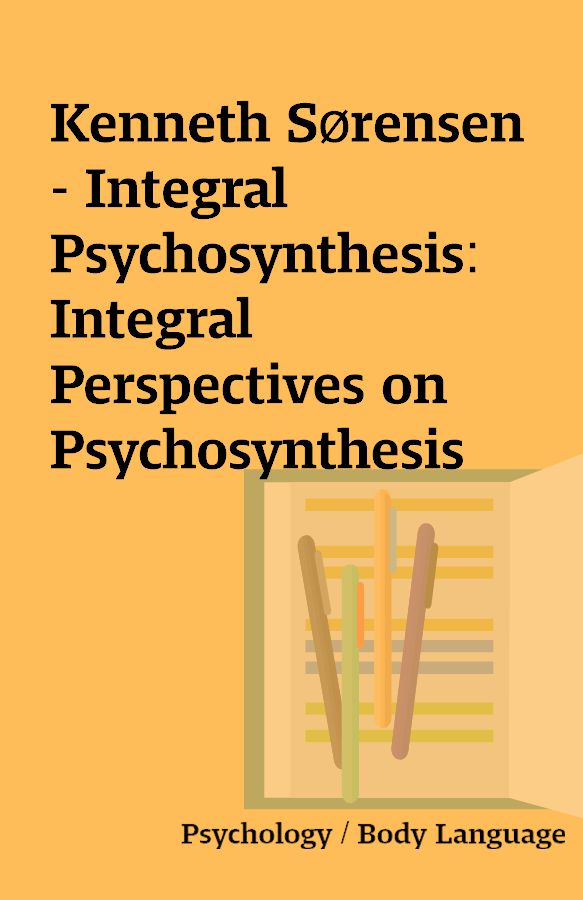
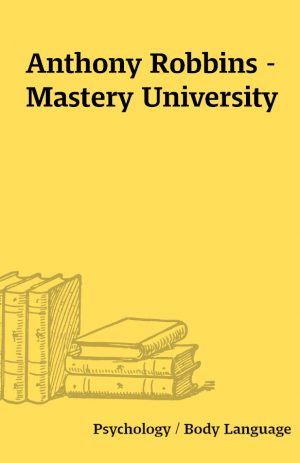
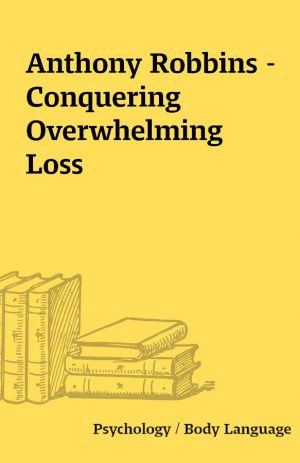
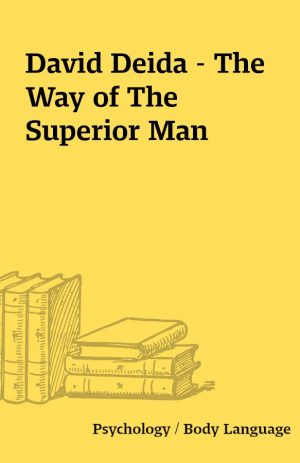
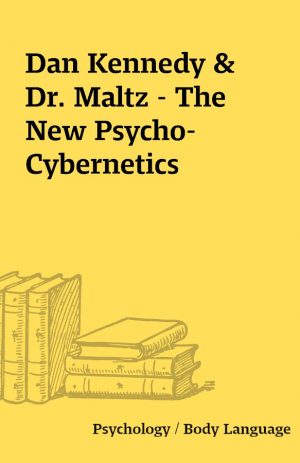
Reviews
There are no reviews yet.